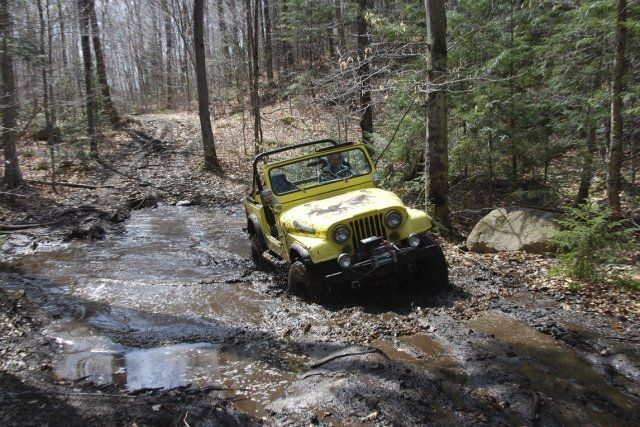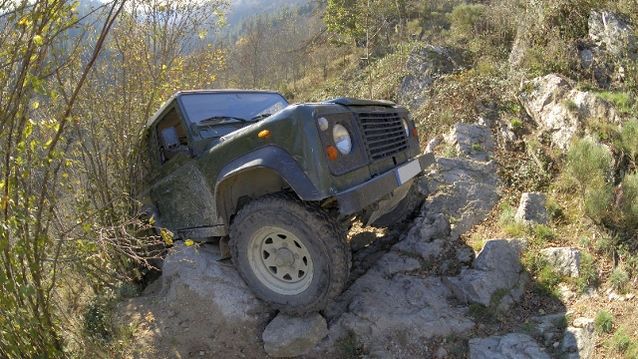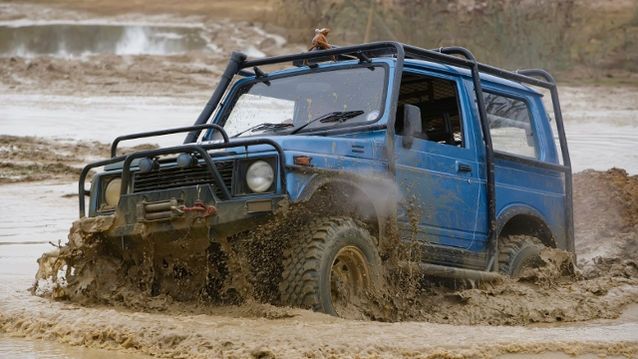Off-Roading For Dummies
For every person who lives, breathes and eats in the city, there is a 4×4 who does so also. Unfortunately, the majority of these trucks spend their lives on the roads and highways, securely carrying you from point A to point B, regardless of the weather outside. If ever the adventurer in you awakens and you want to get some dirt on your wheels, we’ve got you covered. Follow these steps to make sure you don’t break your truck… or yourself.
Know your truck
Educate yourself about your 4×4 before you decide to go on your off-road journey. Understanding its many features is essential for beginners. The majority of current 4×4 cars have some level of traction control. However, since there are various systems, we encourage you to read up on yours and its many settings in your owner’s manual.
Source:Autonet
Know your trail
It is important to know the terrain that you plan on off-roading on, in order to be prepared in advanced. Not only, but also to notice how trails change while on the road, and how to adapt to new environments.

Source: LaPresse
4WD High vs. 4WD Low
4WD high is used mostly in our day to day lives. The 4WD low is used for some serious off-road drives. Setting your truck to 4WD low does not exactly help with gripping the road more powerfully, but rather applying more torque to that grip.
Locking Differential
This refers to the speed at which the wheels turn. In most standard 4×4 modes, the wheels spin at different speeds to compensate for loose or uneven roads. When the differential is locked, wheels all move at the same speed, ensuring that the power remains with the wheel with the most traction.
Importance of tires
Tires are what ensure traction between your car and the road. Therefore, they are incredibly important when off-roading. It is critical to speak to experts about the various kinds of tires and the environment they fit in. Regardless of the quality of your truck, if your tires are not of good value, your experience will be useless. Also, lowering the pressure of your tires will allow for a better drive, as the tire will mold itself around a rock or other obstacles.

Source: Autonet
What to pack
- First Aid Kit
- Fire extinguisher
- Tool set
- Spare tire
- Flash light
- Tire pressure gauge
- Air compressor
- GPS/maps
- Jumper cables
- Shovel
- Tow rope
